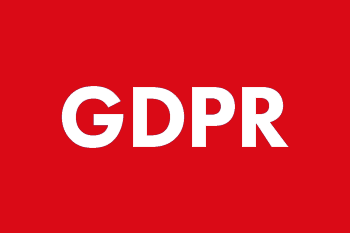If you are interested in healthcare technology you might have recently seen a story about an NHS Trust planning to use Skype for some outpatient video consultations.
It was picked up beyond the specialist tech and health sector media, appearing in The Telegraph and the Daily Mail to name a couple of national media outlets that ran with the story.
So it must be true, right? Well no, it isn’t actually but more on that later. 
This is an important lesson about the vital journalistic discipline of checking sources, a discipline that seems to be disappearing in some quarters of the media today.
As traditional publishers continue to cut back on editorial and newsroom budgets the pressure is on fewer journalists and editors to churn out an increasing volume of news. We all see it in the cutting and pasting of press releases as news reports, in poor grammar and spelling and in endless lazy rehashing of other publications’ articles with ‘according to’ stories put out as fact without the original source being checked or verified.
Those outside the publishing world might reasonably think that if you cite and link to a story that turns out to be inaccurate that any legal repercussions only lie with the publication that originally reported it. That isn’t a defence in law, however. If it’s something libellous then you can also be sued for repeating that libel. Saying that it was reported in a national newspaper won’t wash with the – usually very expensive – libel lawyers who will inevitably come knocking.
What does this all mean in a brand publishing and content marketing context? The bottom line is that the same standards and laws apply if you are publishing content. This is especially true when a lot of brand content often has more of an element of curation than creation to it, bringing in and citing external sources of information.
Here’s a test for you. Hands up – how sure are you of the accuracy of the sources cited in your last whitepaper or that report you quoted in your recent post on the company blog? Get that wrong and not only does it risk a costly legal settlement but it could also be hugely damaging to your brand as well.
Back to that great story about the Skype video consultations.
I got suspicious when I couldn’t find a press release about it so I contacted the said NHS Trust’s press office to check before citing it in a story I was writing. It turns out the story came from a response by the Trust’s chief executive to a general question about healthcare technology at a public meeting that was picked up by the local newspaper (and then in turn by the national media and others). In fact the Trust says it has no plans to conduct Skype outpatient consultations at the moment.
Not such a great story any more is it? Or, indeed, accurate.
*photo credit: futureatlas.com via photopin cc
–
Follow us on Twitter – @ColContent
Need a corporate blog but don’t have the time or editorial expertise? Try Speech-to-blog, a new corporate blogging service from Collective Content.








